The humble bento box, a staple of Japanese culinary culture, has long relied on traditional wisdom to keep food fresh without refrigeration. At the heart of this preservation technique lies an unassuming yet powerful ingredient: the umeboshi plum. These pickled, intensely sour plums placed at the center of rice have been used for centuries not just as a flavor enhancer, but as a natural antibacterial agent that prevents food spoilage.
The Science Behind Umeboshi's Antimicrobial Properties
Modern research has uncovered why this ancient practice works so effectively. Umeboshi plums contain extraordinarily high levels of organic acids, particularly citric acid, which can account for up to 6% of the plum's composition. This creates an environment with a pH between 2.1 and 2.5 - more acidic than lemon juice or vinegar. Most bacteria responsible for food spoilage cannot survive in such an acidic environment. The placement at the rice's center creates a gradient of acidity that radiates outward, establishing a protective zone against microbial growth.
Additionally, the fermentation process that creates umeboshi produces beneficial compounds like polyphenols and flavonoids. These substances exhibit strong antioxidant and antimicrobial activities that complement the pH effect. Research has shown that umeboshi extract can inhibit the growth of common foodborne pathogens including Staphylococcus aureus and Escherichia coli. The combination of these factors makes the umeboshi-rice combination a remarkably effective preservation system.
Historical Context and Traditional Knowledge
Long before the discovery of microorganisms, Japanese culinary tradition intuitively understood umeboshi's preservative qualities. Samurai warriors carried umeboshi in their ration bags during military campaigns, and the ingredient became standard in travel meals. The characteristic red color of many umeboshi comes from shiso leaves used in the pickling process, which contain additional antimicrobial compounds like perilla aldehyde.
Traditional methods of preparing umeboshi enhance its preservative qualities. The plums are typically pickled with about 20% salt concentration and dried in the sun, processes that further concentrate the acids and create an inhospitable environment for microbes. This dual approach of high acidity and salinity creates what food scientists call a "hurdle technology" - multiple barriers against spoilage working in concert.
Practical Applications in Modern Food Safety
While refrigeration has reduced our reliance on such traditional methods, the principles behind umeboshi's effectiveness remain relevant. Food scientists have studied how to adapt these natural preservative mechanisms for contemporary applications. Some researchers are exploring ways to incorporate umeboshi extract into food packaging materials as a natural antimicrobial agent.
The placement technique - putting the umeboshi at the center of the rice - demonstrates sophisticated understanding of food preservation dynamics. The central position allows the acidic compounds to diffuse evenly through the rice mass, creating a more uniform protective effect than surface application would achieve. This principle informs modern food preservation strategies where antimicrobial agents need to be distributed effectively throughout a product.
Nutritional Synergy Beyond Preservation
Beyond its preservative function, the umeboshi-rice combination offers nutritional benefits. The citric acid in umeboshi helps the body absorb minerals from rice more efficiently. Traditional medicine also valued umeboshi for its digestive benefits and ability to combat fatigue - properties now supported by scientific research showing it aids in alkalizing the blood after metabolic acidosis.
The practice represents a remarkable convergence of food safety, nutrition, and culinary tradition. In an era increasingly concerned with natural food preservation methods and reducing chemical additives, umeboshi offers time-tested solutions that modern science continues to validate. As research progresses, we may discover even more applications for this ancient preservation wisdom in contemporary food systems.

By /Jul 31, 2025
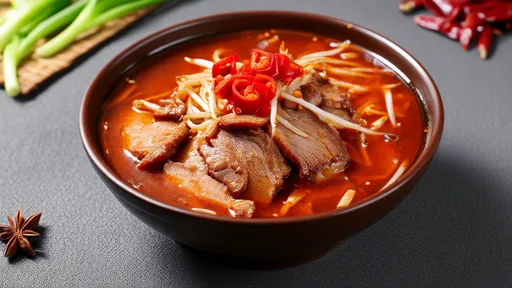
By /Jul 31, 2025

By /Jul 31, 2025
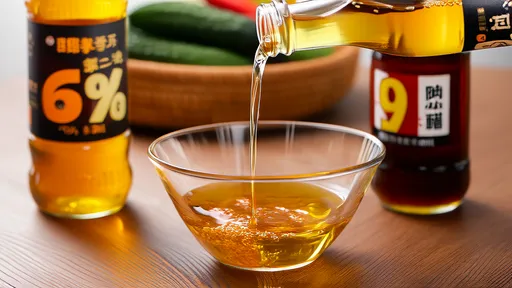
By /Jul 31, 2025
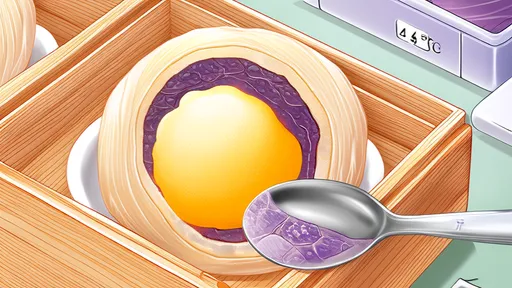
By /Jul 31, 2025

By /Jul 31, 2025

By /Jul 31, 2025

By /Jul 31, 2025

By /Jul 31, 2025

By /Jul 31, 2025

By /Jul 31, 2025

By /Jul 31, 2025

By /Jul 31, 2025

By /Jul 31, 2025
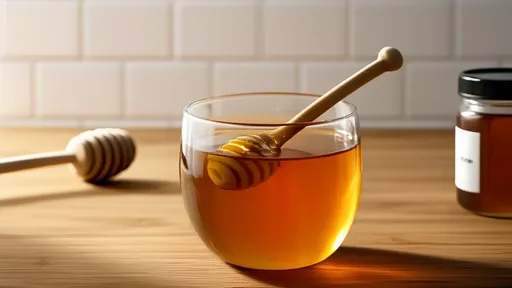
By /Jul 31, 2025

By /Jul 31, 2025

By /Jul 31, 2025
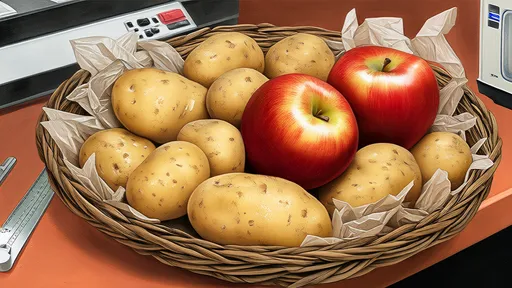
By /Jul 31, 2025
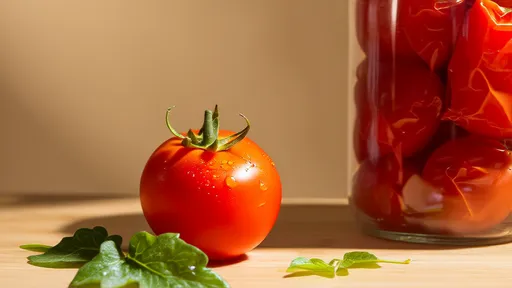
By /Jul 31, 2025
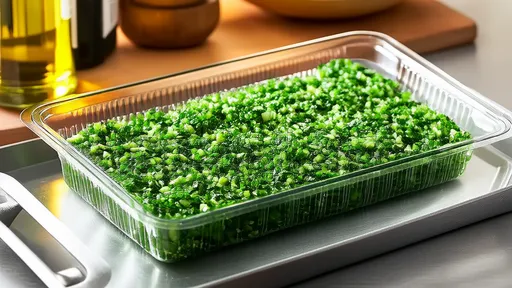
By /Jul 31, 2025